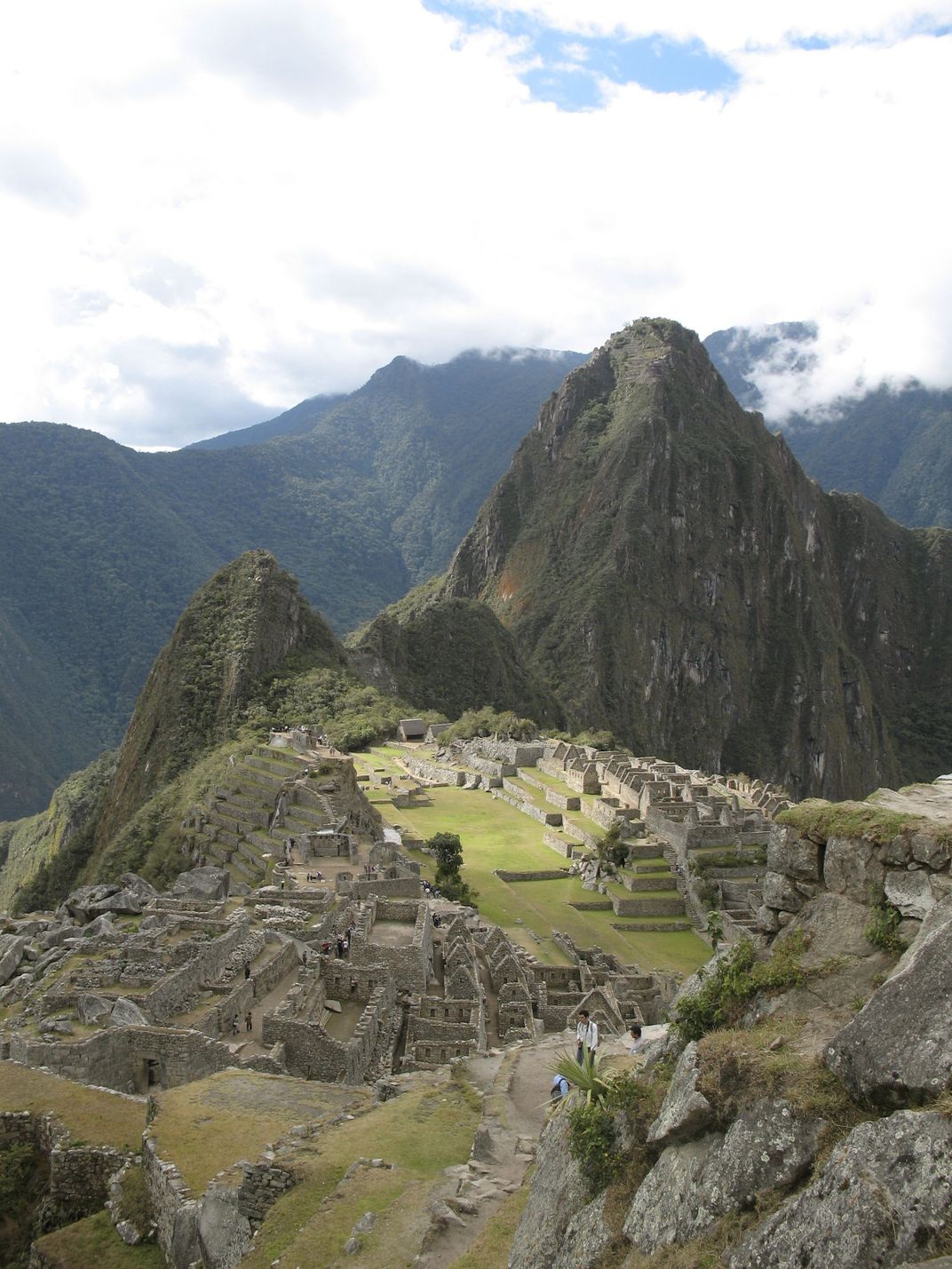
Smithsonian Travelers Discover Machu Picchu’s Sacred Spaces
Dr. Sabine Hyland

When I first visited Machu Picchu years ago, white swirling mist wreathed the ancient stones, providing only shifting glimpses of the plazas, temples, sacred shrines and over 200 buildings that make up the city. Although we often think of Machu Picchu as an icon of high Andean civilization, it is, in fact, located in the mountainous rain forest known in Spanish as the “ceja de selva”, or “eyebrow of the jungle”. Part of the beauty of this exquisite site derives from the tropical vegetation found there – delicate gold and pink sprays of orchids, the creamy lily-like angel trumpet flowers, and the green epiphytes that smother tree limbs in a mossy carpet. Built as a palatial retreat for one of the royal families in Cusco, the buildings and stones of Machu Picchu echo the natural beauty of the mountains around it.
As part of the Smithsonian Legendary Peru tour, we have the opportunity to spend two days at the site; each time I go I discover new vistas and special places among temples and residential compounds. In this most recent visit, the morning clouds soon gave way to afternoon sunshine, and we all had marvellous views of the lush mountain peaks that surround the site. “Huayna Picchu” – or “Young Peak” is the relatively sharp, jagged peak that forms the famous backdrop to photos of the city; an arduous climb to the top will reward the intrepid traveler with spectacular views of the ruins. The Incas revered mountain peaks as divinely powerful beings known as “apus”.
As you walk through the city, you can find rock outcroppings whose shape mirrors that of the Huayna Picchu peak. The ancient Andeans would have left offerings of alcohol, food, gold and silver to the apus at these sacred rocks.
My favourite peak is Putucusi, a softly rounded granite mountain that watches benevolently over Machu Picchu from across the Urubamba River. Most of the mountain spirits, such as Huayna Picchu, are considered male deities; Putucusi, however, is said to be a female whose name means “Happy Mountain”. If you wander through Machu Picchu’s residential sector, far from the temple area above, you can find a small plaza containing a large, uncut rock whose form echoes that of Putucusi looming over it. This is yet another sacred space in this ancient ruin, a shrine to the power of Putucusi, bringing the spirit of the surrounding landscape into the city. For me, one of the great wonders of Machu Picchu is how its architects played with the shapes and forms of the tropical mountains ringing the site, creating vistas and outcrops that highlight and/or mimic the sacred peaks.

/https://tf-cmsv2-journeys-media.s3.amazonaws.com/journeys/catalog/cover_image/Mar_24_SJ_Cover.jpg)
 Be the First to Know
Be the First to Know